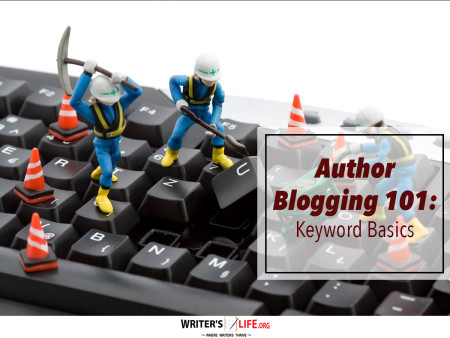- How To Tackle Jealousy In Creative Writing
- Common Submission Mistakes
- How To Stop Your Blog Becoming Boring
- The One Thing Every Successful Writer Has In Common
- How To Make Yourself Aware Of Publishing Scams
- Why Almost ALL Writers Make These Grammar Mistakes At Some Point
- 5 Tips For Authors On How To Deal With Rejection
- Top Mistakes to Avoid When Writing a Novel
- How to Avoid Common New Writer Mistakes
- 10 Mistakes New Fiction Writers Make
How to Balance Action and Emotion in a Scene

Achieving a compelling narrative demands that writers balance action and emotion in a scene. Imagine watching a movie that’s all about car chases with no emotional depth. It might be exciting initially, but would it hold your attention till the end? In writing, too, emotional resonance needs to walk hand-in-hand with action to engage readers thoroughly.
Why Balancing Emotion and Action Is Crucial
Incorporating a seamless blend of action and emotion elevates a story, transforming it from a mere sequence of events into a gripping journey. Readers need emotional connections to fully immerse themselves, but too much introspection can make scenes drag and lose tension. So, what's the secret sauce?
The power lies in knowing when your characters need to move and when they need to feel. Effective action emotion balance helps create scenes that not only move the plot forward but also develop character depth, inviting readers to care about the stakes involved. The balance between action and emotion is what turns a good book into a great one.
Mastering the Art of Action Emotion Scene Tips
Scene balance is like a dance: sometimes action leads, and other times, emotion takes the spotlight. Both elements should work in harmony. Consider this: during a heated argument, actions speak as loudly as words. A hand slammed on a table, a character’s silent withdrawal—these actions echo emotional turmoil beautifully.
Here are some practical tips to ensure an effective action emotion balance in your scenes:
- Intertwine action with internal monologue: Let your characters react not just with words but also with thoughts. It deepens the narrative.
- Pace your scenes: Use action to quicken the pace and emotions to slow it down, allowing readers to absorb significant moments.
- Show, don't tell: Rather than telling readers a character is angry, show it through their clenched fists or abrupt speech.
Crafting Powerful Scenes: Action and Emotion
Crafting scenes where action and emotion are in perfect harmony can be challenging, but it’s crucial. Think back to those breathtaking book or movie scenes that lingered with you. They likely struck a remarkable balance between what was happening and how it felt.
Scene emotion and action are not mutually exclusive. For instance, during a chase scene in a thriller, the protagonist might be battling not only physical exhaustion but also the fear of being caught. Balancing emotion with action in scenes like these adds layers, making the experiences richer for the audience.
According to Wikipedia, balancing these elements is pivotal in storytelling as it affects narrative outcomes.
Techniques for Effective Action Emotion Blending
One widely respected technique is to weave emotional undertones into action-driven scenes. Even when your characters are in the thick of things, give them moments to breathe. Let their internal dialogues peek through, reflecting the weight of their actions.
Consider using contrasting tempos to showcase action and emotion in scenes. Fast-paced sequences can be interspersed with quiet, reflective moments. This approach not only holds readers’ attention but also ensures emotional impact is not lost amid the frenzy of action.
If you're thinking of ways to promote your book after it’s published, check out our Book Marketing Articles for more insights.
Balancing Emotion and Action Through Character Development
Characters are the heart of any story, and their actions and emotions must be authentic and relatable. A character's growth can be a powerful tool for balancing action and emotion. As they encounter conflicts, how they respond—both physically and emotionally—should evolve, reflecting their growth or struggle.
In action-packed scenes, consider how the stress affects your characters. Does their newfound strength manifest through brave actions, or do they succumb to fear despite previous bravados? Balancing emotion with action in scenes is often about showcasing vulnerability amidst the chaos.
Frequently Asked Questions About Balance Action and Emotion
Q: How do you balance action and emotion in writing?
A: The key is to ensure that action scenes also carry emotional weight, deepening character arcs and plot lines without overshadowing the narrative.
Q: Why is balancing emotion and action important?
A: It enhances storytelling, making it engaging and relatable, allowing readers to connect with characters on a deeper level.
Q: Can too much emotion in action scenes dull their impact?
A: Yes, scenes overtaken by emotion can lose their tension. Balancing both allows for dynamic, impactful storytelling.
If you're serious about growing your author career, don't miss out on these free tools and templates built specifically for writers. Access all 7 free resources here.



























